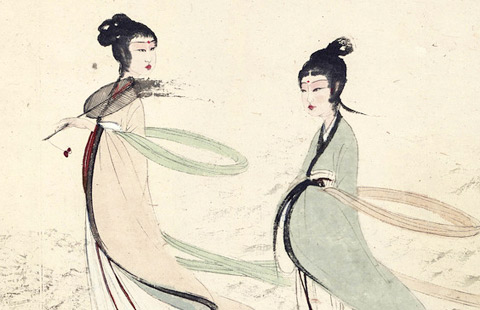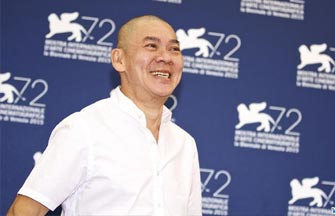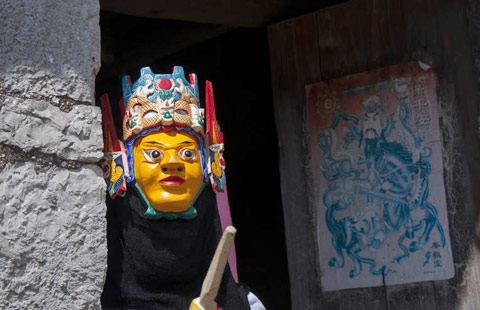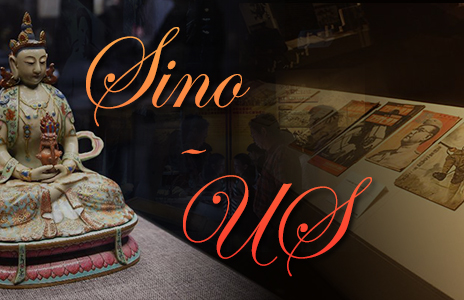Nomads get wider canvas
By Deng Zhangyu ( China Daily ) Updated: 2015-09-18 07:42:44
 |
|
[Photo By Zhang Wei/China Daily] |
"In fact, horses are not allowed into the city. I made a lot of effort to enable these people to ride horses in Ordos," says Liu, 52.
Known as a city of coal, Ordos has been transformed from a poor city located near a vast grassland into one of the richest ones in the region. Many of the locals used to earlier live on the prairies.
Liu says the models in his paintings are people making a living offering horse rides to visitors at a tourist spot near the city.
The painter drew horses on photos he took of the city. He even drew a black frame on a photo of a horse head.
"Horses are a symbol of nomadic culture. But the city has no horses now. The black framed horse looks like it's dead, just like the disappearance of nomadic culture in the wave of urbanization," says Liu.
Liu likens his painting to "doing a project". He first finds the place and the people he wants to depict. Then he lives in a camp temporarily built to paint on the spot. A large picture often takes him half a month. Besides painting pictures, he also keeps a diary after a whole day's painting outside.
He also takes photos of the place he chooses to paint and hires a documentary team to record all the activities related to his painting.
The paintings, the diaries, the photos and the documentaries are shown together as a whole to the public.
The documentary Still Life, which Liu invited well-knowan director Jia Zhangke to make in 2005 during Liu's stay in the Three Gorges Dam area - depicting migrants from there - won the Golden Lion Award at the Venice International Film Festival a year later.
|
|
|
|
|
|
|
|
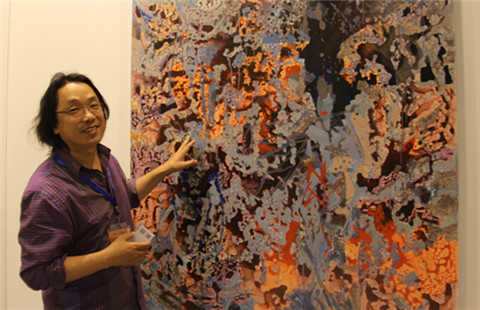

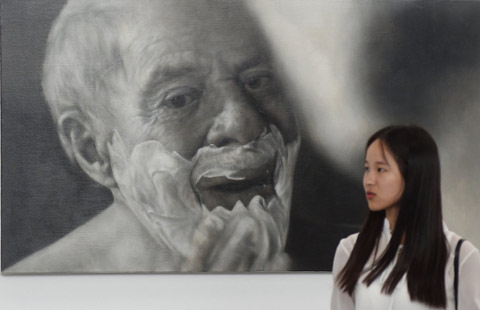


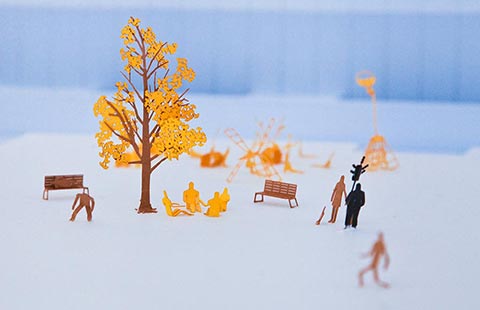
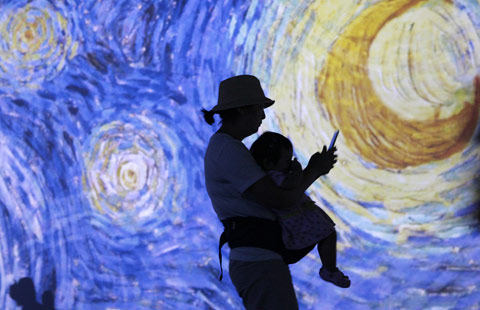








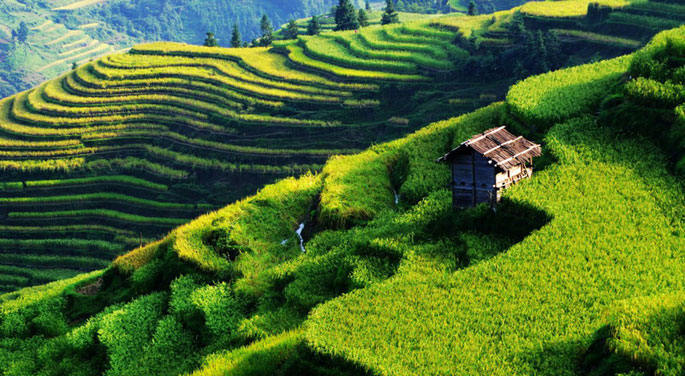
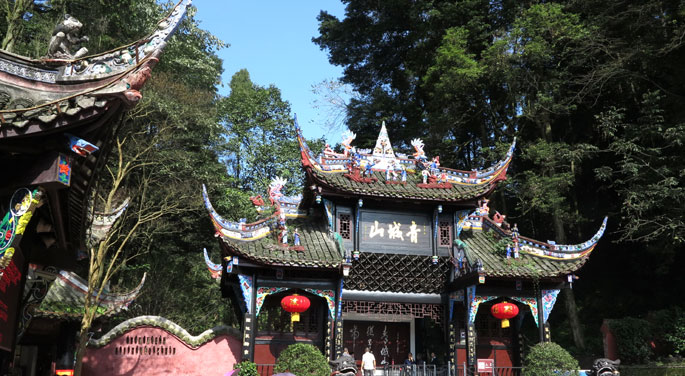
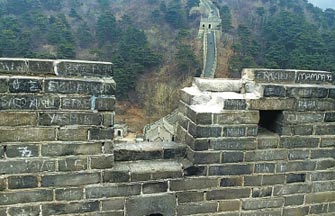
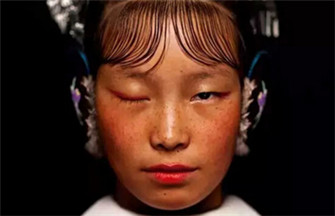



 Raymond Zhou:
Raymond Zhou: Pauline D Loh:
Pauline D Loh: Hot Pot
Hot Pot Eco China
Eco China China Dream
China Dream China Face
China Face
